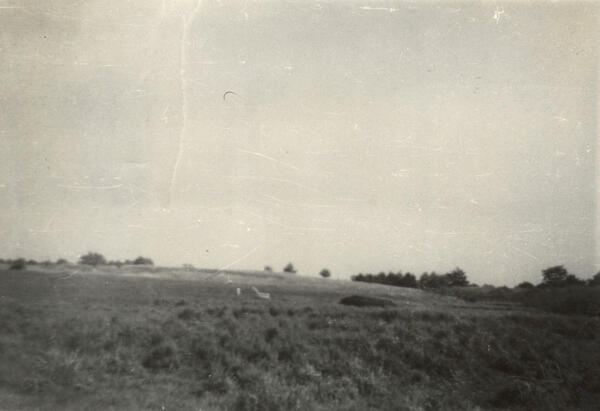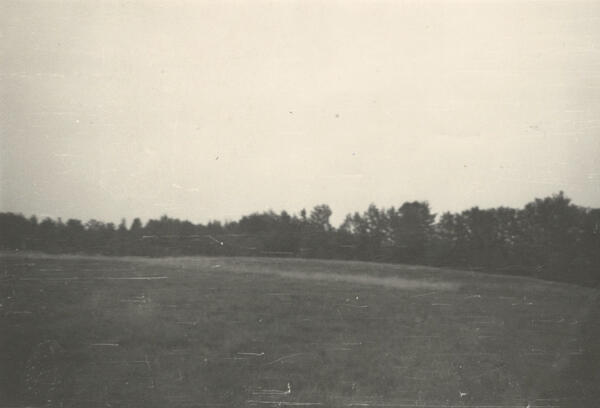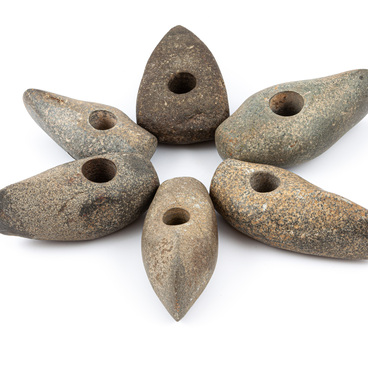The Neolithic historical period was the final division of the Stone Age. It was during this period that ancient people gradually moved away from the simplest tools and mastered the technology of iron smelting, which provided the impetus for the evolution of mankind.
The Neolithic era marked the transition from an appropriating economy to a productive one. People began to actively engage in cattle breeding and agriculture, choosing suitable territories. The general characterization of the Neolithic era is complicated by the fact that its chronological frame is much debated.
Each culture had its own starting point in this period. It is believed that the earliest transition from gathering to agriculture and animal husbandry, dated to 9500 BC, took place in the Middle East.
The Neolithic Revolution reached Europe much later due to the peculiarities of the climate, which was not very suitable for humans. This revolution made people change their lifestyle and switch to sedentism.
In 1969, a survey was organized on the territory of the Gorokhovets district by Viktor Yakovlevich Sergin, an employee of the Archaeology Institute of the USSR Academy of Sciences. The expedition discovered the remains of ten Neolithic and Bronze Age sites.
Half of the sites were found near the Oka River — on the banks of the Visha River near the village of Fominki. The other half was located outside the territory of the Klyazma River, near the lakes Pechkur and Velikoye. These lands attracted people by their abundance of forest game, birds and animals.
The researchers found fragments of pottery with pit-comb and textile patterns from the Stone and Bronze Ages. At that time, the craft of making such earthenware was only in its initial stages. The clay was of poor quality, and items were baked over an open fire insufficiently and unevenly.
Before baking, pottery was covered with patterns — rows of pits, half-lines, and combs. In the Neolithic era, new techniques of stone processing appeared, such as sawing, polishing, and drilling. Such finds as flint arrowheads, a stone ax with a drilled hole, a chisel, and adzes help understand the way people lived during this era.
The Neolithic era marked the transition from an appropriating economy to a productive one. People began to actively engage in cattle breeding and agriculture, choosing suitable territories. The general characterization of the Neolithic era is complicated by the fact that its chronological frame is much debated.
Each culture had its own starting point in this period. It is believed that the earliest transition from gathering to agriculture and animal husbandry, dated to 9500 BC, took place in the Middle East.
The Neolithic Revolution reached Europe much later due to the peculiarities of the climate, which was not very suitable for humans. This revolution made people change their lifestyle and switch to sedentism.
In 1969, a survey was organized on the territory of the Gorokhovets district by Viktor Yakovlevich Sergin, an employee of the Archaeology Institute of the USSR Academy of Sciences. The expedition discovered the remains of ten Neolithic and Bronze Age sites.
Half of the sites were found near the Oka River — on the banks of the Visha River near the village of Fominki. The other half was located outside the territory of the Klyazma River, near the lakes Pechkur and Velikoye. These lands attracted people by their abundance of forest game, birds and animals.
The researchers found fragments of pottery with pit-comb and textile patterns from the Stone and Bronze Ages. At that time, the craft of making such earthenware was only in its initial stages. The clay was of poor quality, and items were baked over an open fire insufficiently and unevenly.
Before baking, pottery was covered with patterns — rows of pits, half-lines, and combs. In the Neolithic era, new techniques of stone processing appeared, such as sawing, polishing, and drilling. Such finds as flint arrowheads, a stone ax with a drilled hole, a chisel, and adzes help understand the way people lived during this era.






